The artist uses the technique known as “past encroaching” (or “needle painting”), allowing very subtle gradations that give the plumage an effect of volume and modeling close to painting. Each stitch meticulously follows the direction of the natural forms (foliage, hair, feathers), which demonstrates a beautiful technical mastery. The rendering is enhanced by the light which catches the threads according to the orientation, producing an almost animated effect.
This embroidery is part of a refined decorative art typical of the Belle Époque, halfway between textile art and painting.
Chantecler is a comedy in verse by Edmond Rostand, an animal fable in which a rooster, convinced that his crowing makes the sun rise, defends his faith against the prevailing skepticism. The play questions the artist's sincerity, the power of the ideal, and the confrontation with doubt.
Staged at the Théâtre de la Porte-Saint-Martin, the play premiered on February 7, 1910, in an ambitious production. Lucien Guitry plays the role of Chantecler, while Madame Simone embodies the Pheasant. Jean Coquelin, son of Benoît-Constant Coquelin (for whom the play was originally written), plays the role of Patou, the faithful dog. More than 70 characters populate the stage, in an entirely animal universe. The production uses 195 costumes and spectacular machinery. Highly anticipated, Chantecler has received mixed receptions. Admired for its formal beauty and poetry, the play was also criticized for its length and symbolic density. Some critics felt targeted by satirical characters like the Toad or the Peacock. Despite this, it achieved great public success with more than 300 performances in Paris and international renown.
Dimensions with frame: 50x66 cm


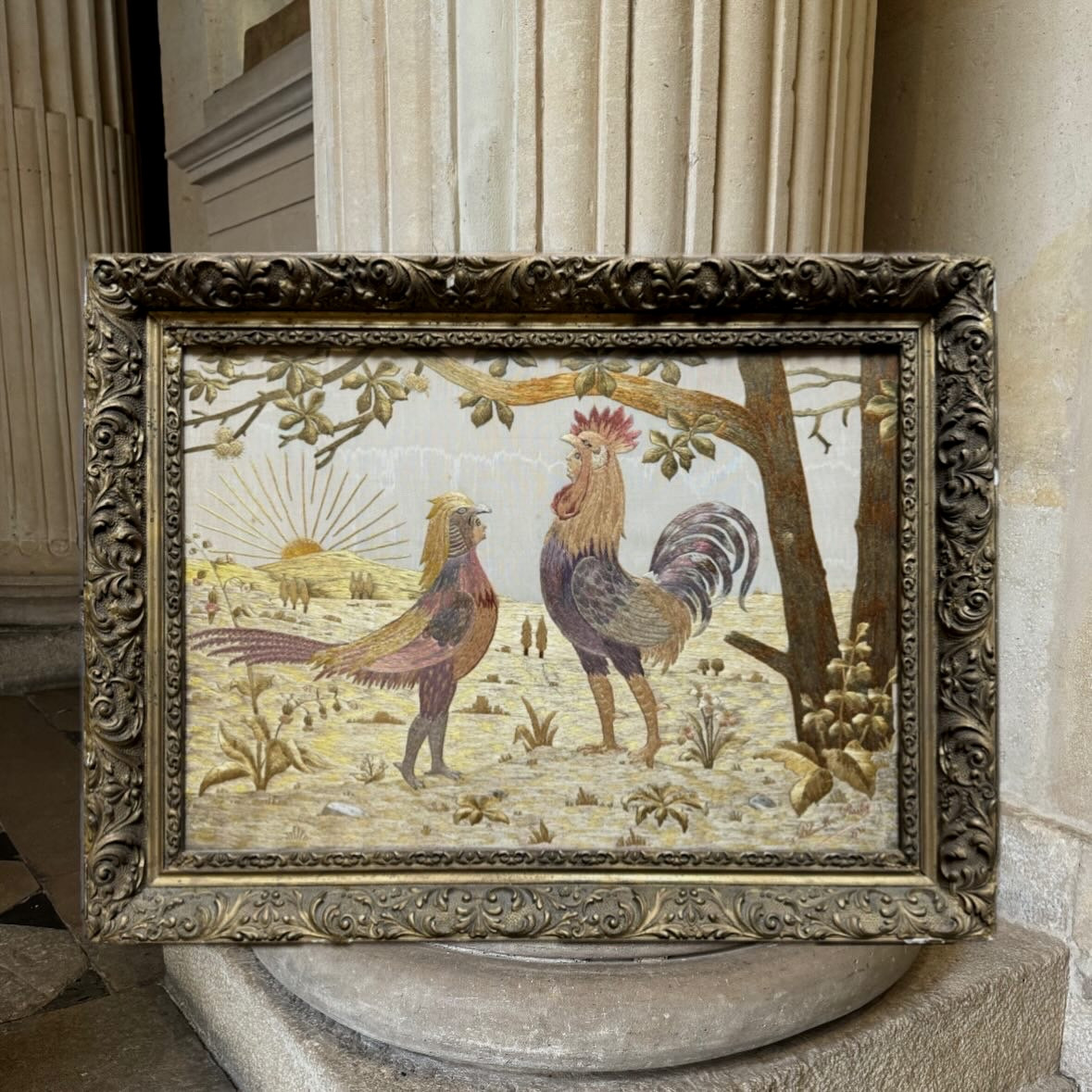




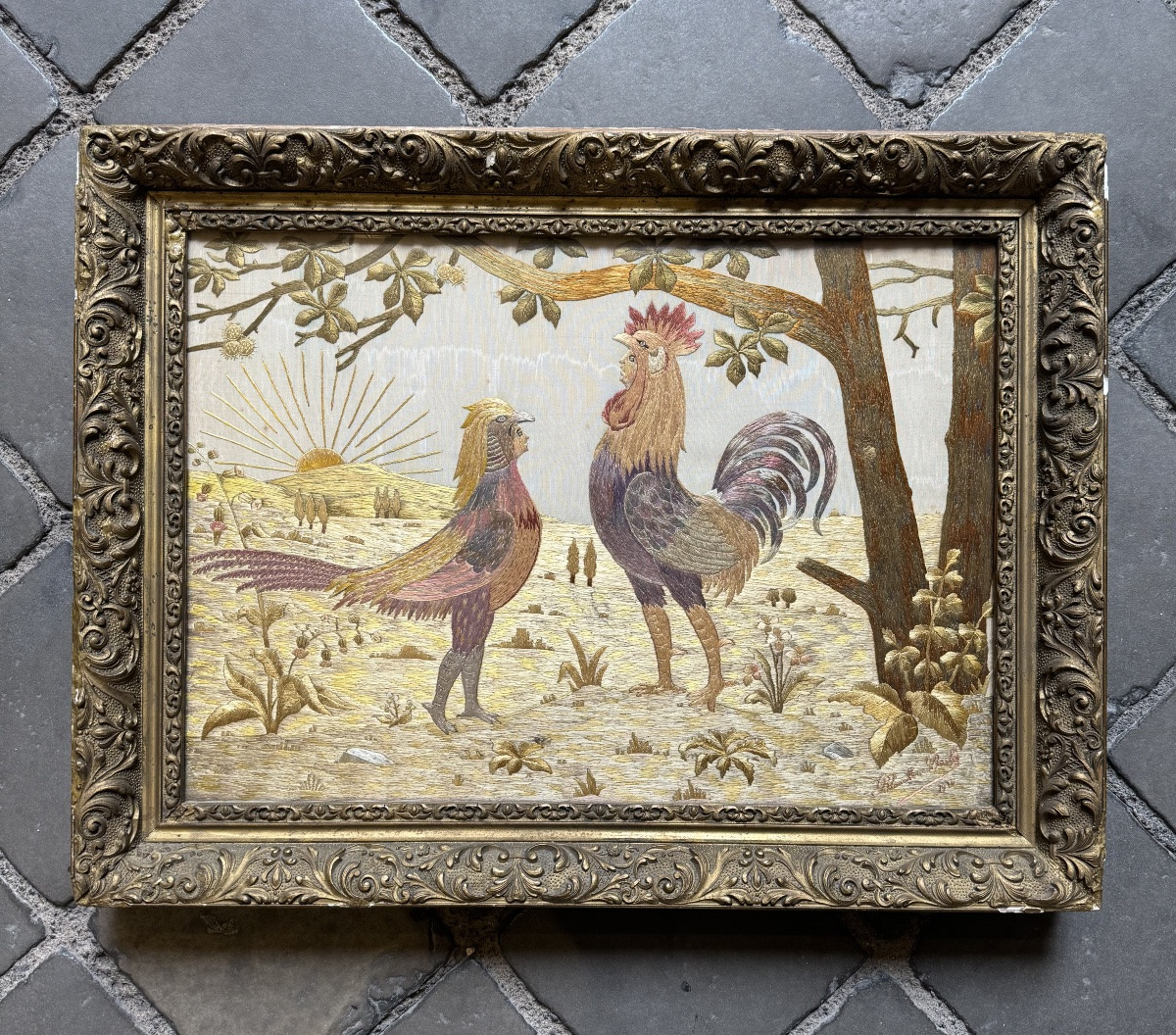












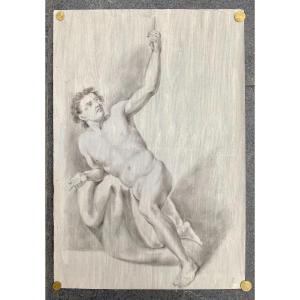





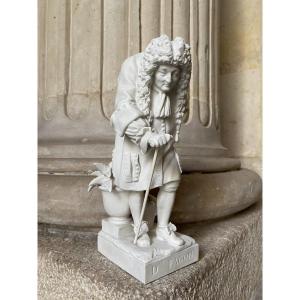
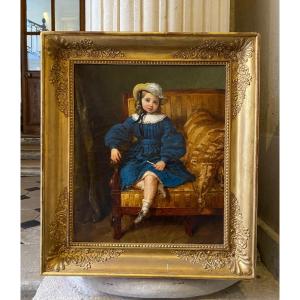

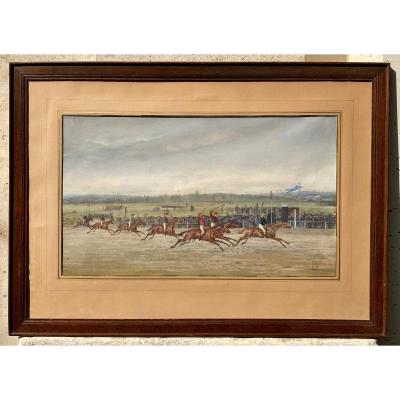

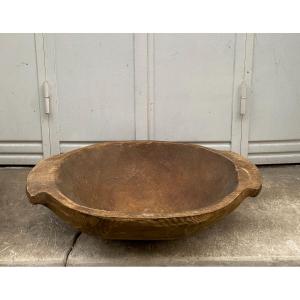
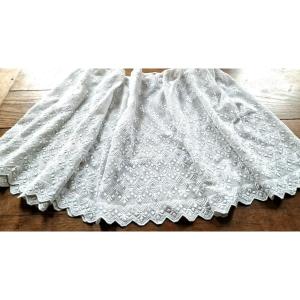







 Le Magazine de PROANTIC
Le Magazine de PROANTIC TRÉSORS Magazine
TRÉSORS Magazine Rivista Artiquariato
Rivista Artiquariato